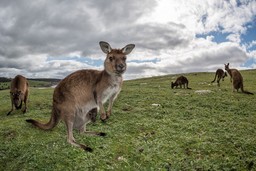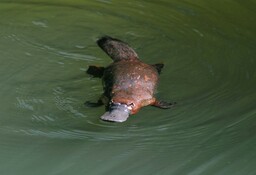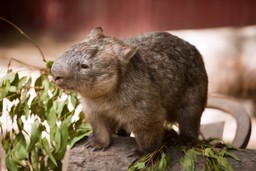17. Australia
Contents
17.1 Australia
The name of the Australian continent comes from the Latin word australis, meaning "southern". The surface area of Australia is approximately 7,7 million square kilometers, and its population is 23 million. It is simultaneously a continent and a nation.
The islands of Oceania are considered part of the Australian continent, which is why the continent is sometimes called "Australia and Oceania". The largest islands of Oceania include New Guinea and the two main islands of New Zealands.

Australia was inhabited by stone age humans approximately 40–50 thousand years ago. They arrived on the previously uninhabited continent by wooden boats. These original settlers of Australia were the ancestors of the Aboriginal Australians.
Captain James Cook declared the continent property of Great Britain in the year 1770. After this, the continent began to receive immigrants from Europe. A majority of the modern Australian population is descended from these European settlers, most of which came from the British Isles.
Australia became independent from Great Britain during the 20th century, but the British queen is still the formal ruler of the nation. English is the official language of Australia. Large metropolises have formed on the coastal regions of Australia. An example of such a metropolis is Melbourne, pictured below.

Melbourne is one of the largest cities in Australia.
The islands of Oceania are considered part of the Australian continent, which is why the continent is sometimes called "Australia and Oceania". The largest islands of Oceania include New Guinea and the two main islands of New Zealands.

Australia was inhabited by stone age humans approximately 40–50 thousand years ago. They arrived on the previously uninhabited continent by wooden boats. These original settlers of Australia were the ancestors of the Aboriginal Australians.
Captain James Cook declared the continent property of Great Britain in the year 1770. After this, the continent began to receive immigrants from Europe. A majority of the modern Australian population is descended from these European settlers, most of which came from the British Isles.
Australia became independent from Great Britain during the 20th century, but the British queen is still the formal ruler of the nation. English is the official language of Australia. Large metropolises have formed on the coastal regions of Australia. An example of such a metropolis is Melbourne, pictured below.

Melbourne is one of the largest cities in Australia.
17.2 Australian economy
Although Australia may seem like a far-flung desert nation, it is actually a rich welfare state.
Australia is full of natural resources. For example, uranium, which is needed to fuel nuclear power plants, is mined in large quantities from Australian bedrock. Other important Australian natural resources include coal and iron ore. Australian agriculture is also globally significant. Australia produces many agricultural export goods, such as wool, meat and wheat.
17.3 Australian climate and vegetation
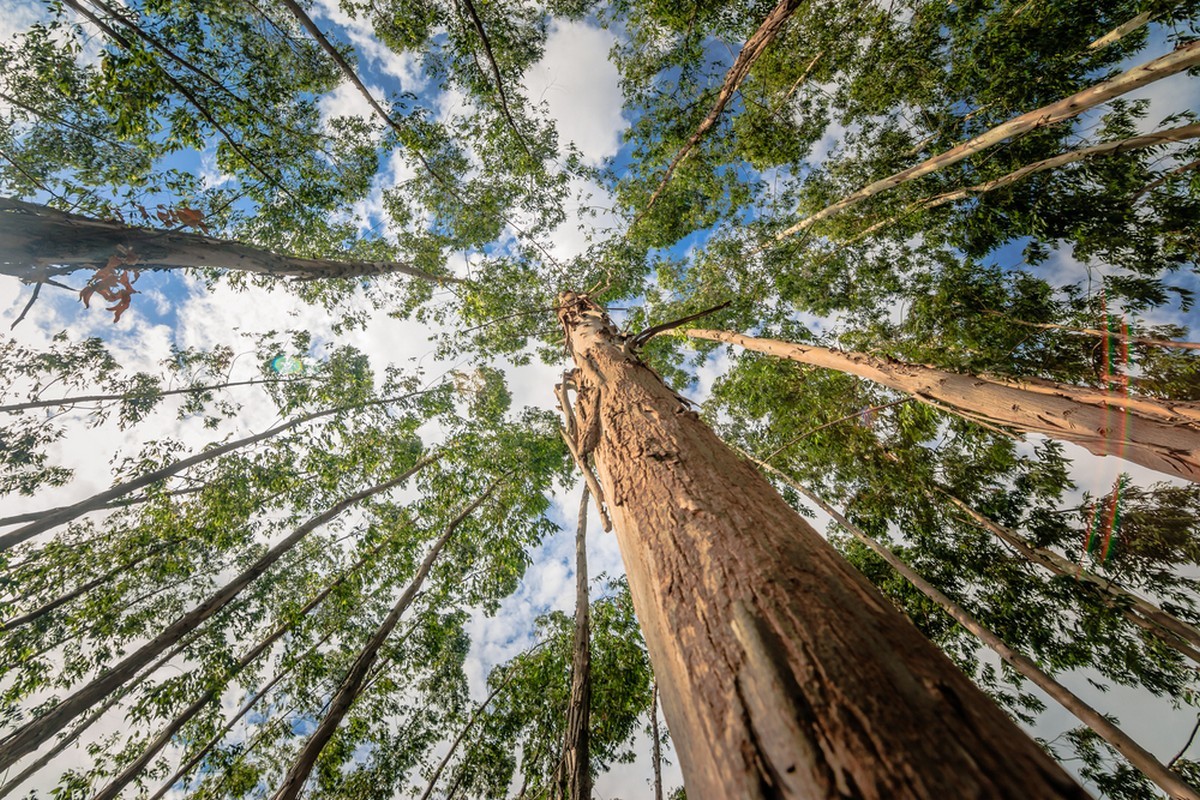 Australia is located completely on the planet's southern hemisphere. This is why December and January are the two warmest seasons on the continent. As a result, it is no problem for Australians to go surfing on Christmas Eve, something that would be unthinkable in the Northern Hemisphere.
Australia is located completely on the planet's southern hemisphere. This is why December and January are the two warmest seasons on the continent. As a result, it is no problem for Australians to go surfing on Christmas Eve, something that would be unthinkable in the Northern Hemisphere. The northernmost parts of Australia are located near the equator. Rainforests grow in these northern regions. In contrast to these lush forests, the innermost parts of Australia receive only a little precipitation throughout the year. The majority of the continent consists of savannas and deserts.
The eucalyptus tree is native to Australia. It is widely used as a material in both construction and paper production. In right conditions, an eucalyptus tree can grow tens of meters in a period of just 20 years. The leaves of the eucalyptus tree are not eaten by many animals. However, one of the few animals that does like the leaves is the koala, which is one of Australia's many endemic species.
17.4 Animals of Australia
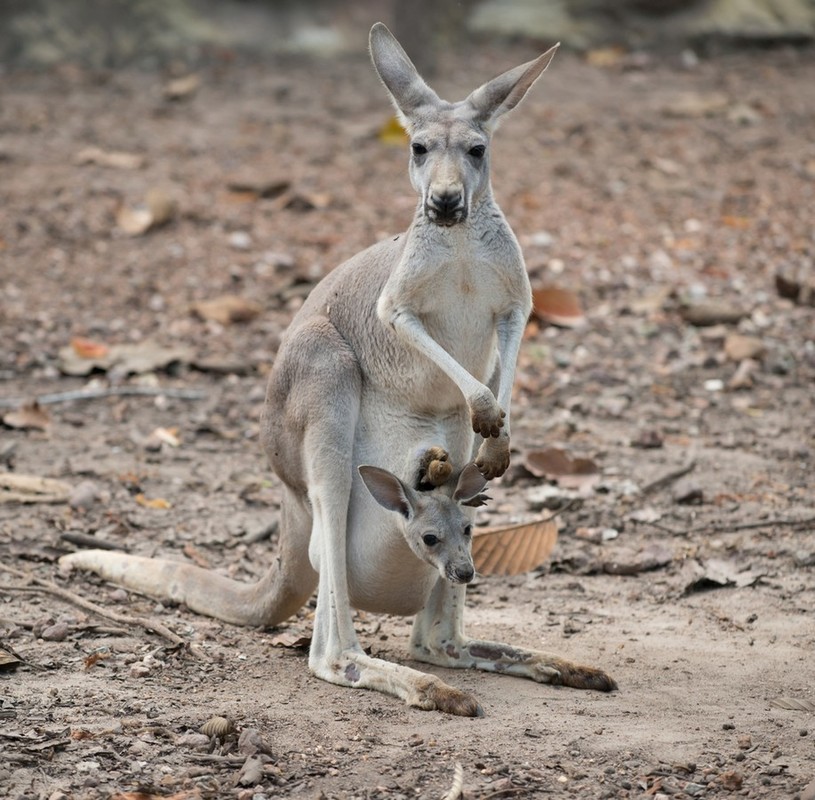 Because Australia is rather isolated from all other continents, its plants and animals have developed in a unique manner. Many species of plants and animals that cannot be found anywhere else in the world can be found in Australia.
Because Australia is rather isolated from all other continents, its plants and animals have developed in a unique manner. Many species of plants and animals that cannot be found anywhere else in the world can be found in Australia. Although marsupials have become extinct almost everywhere else on Earth, many marsupial species can still be seen in Australia. Marsupials are mammals that carry their young in specialized pouches. Because young marsupials are small, hairless and helpless creatures, they live and develop inside their mother's pouch, which also covers the teats that the young marsupials feed on.
The best-known Australian marsupial species are kangaroos, koalas and wombats.
The strangest and most unique Australian animal is the platypus, which is one of the only mammal species in the world that is known to lay eggs.
